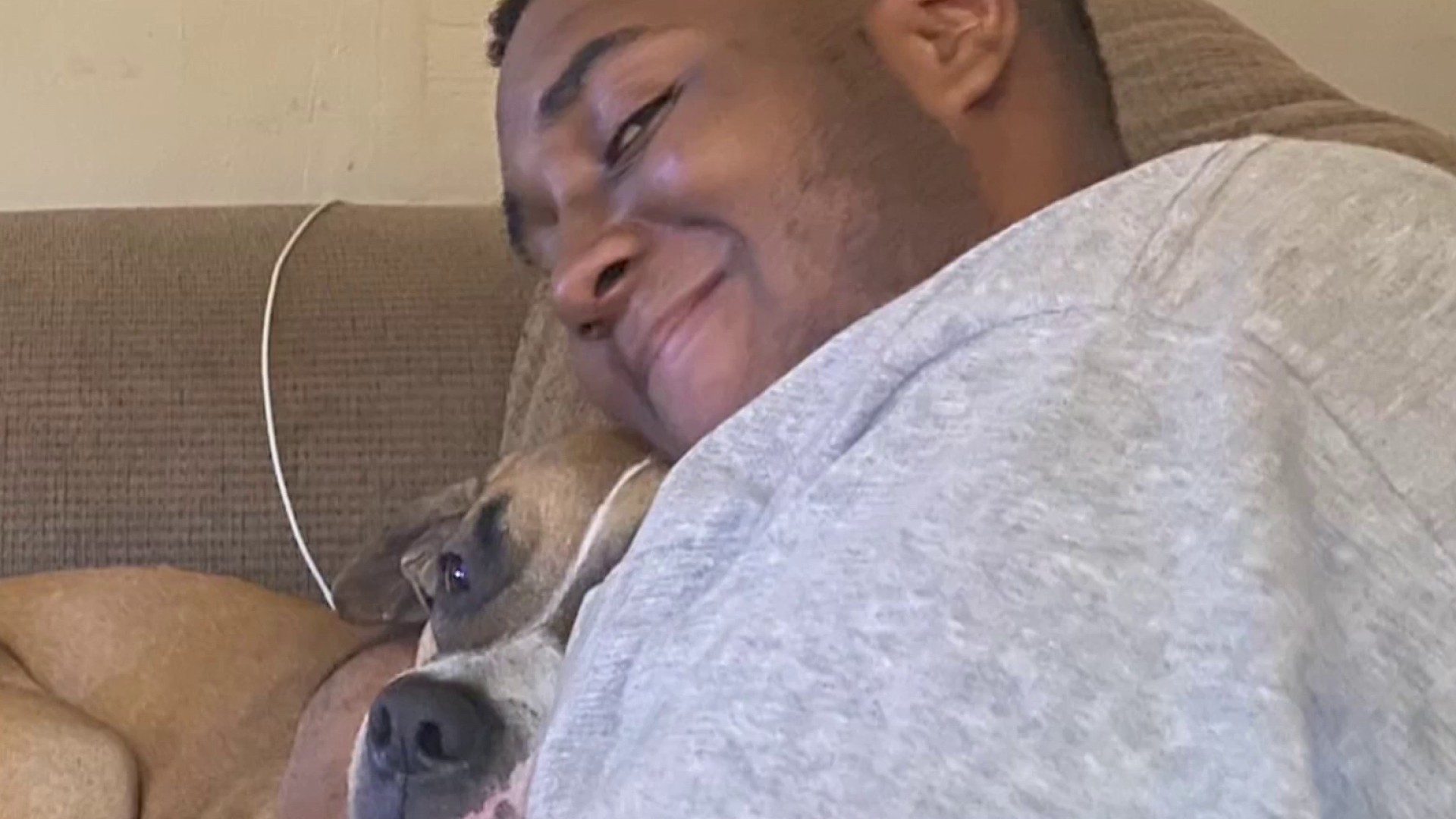As the pandemic took hold in Maryland, state officials mobilized to quickly deploy millions in relief dollars for small businesses devastated by the virus.
But a review by the News4 I-Team has found concerns that Prince George’s County, which has the highest number of coronavirus cases in the state, has received what some are calling an underwhelming share of the more than $165 million in aid thus far.
We've got the news you need to know to start your day. Sign up for the First & 4Most morning newsletter — delivered to your inbox daily. Sign up here.
An I-Team analysis shows business owners in the county were awarded less than 9% of the assistance — about $7.7 million in emergency grants and about $6 million loans. Now, as the state prepares to issue millions more in relief funds statewide, some business and political leaders are calling for greater outreach to the most vulnerable business owners in the D.C. suburbs.
“You have a county with a greater share of minority businesses, 16% of the state population and that has been disproportionately impacted, getting half of its per capita share,” said Del. Ben Barnes, who represents Prince George’s County in the General Assembly.
Barnes added the county is home to many small and minority-owned businesses that lack a deep financial cushion or teams of accountants and lawyers able to quickly help them apply for financial assistance.
“Those are the businesses that we think needed it and frankly still do,” he said.
Local
Washington, D.C., Maryland and Virginia local news, events and information
The Maryland Department of Commerce has distributed more than $91 million in $10,000 grants and $68 million in loans of up to $50,000. The first tranche of funding included $130 million in state dollars before Maryland received another $45 million in federal relief aid this summer, officials said. More than 9,000 grants and roughly 1,500 loans were awarded through the end of September, documents provided by the state show.
In a public hearing this summer, the state acknowledged it was not initially tracking the counties in which grant and loan recipients were located.
Coronavirus Cases in DC, Maryland and Virginia
COVID-19 cases by population in D.C. and by county in Maryland and Virginia
Source: DC, MD and VA Health Departments
Credit: Anisa Holmes / NBC Washington
"I like to say that we were building an airplane while it was in flight, and that's just the truth of the matter,” Maryland Commerce Secretary Kelly Schulz told News4.
Schulz said the agency’s system for handling aid requests was flooded by calls and inquiries from small businesses in the hours after announcing loan and grants would be made available.
“We were not analyzing data. We were just putting checks out. It was always a first-come, first-serve basis at the department,” she said.
But in the end, she said counties like Prince George's mostly received a share of relief dollars proportionate to their share of the state's businesses. In that county’s case, it received roughly 8.5% of aid and has 9.3% of state establishments, according to state data.
We [are] in a no man’s land right now. We just want to get past this moment without having to shut down.
Derrick Williams, owner of Infuse Restaurant
“I was actually pretty relieved that it looks as if it is as equitable as we could have gotten, even though there was not that planned approach,” she said.
The I-Team’s review shows other counties received a share of the money that exceeds their percentage of businesses, including Baltimore, Anne Arundel, Frederick and Howard. The state also pointed out that Montgomery County, which received 17.6% of all grants and 15.2% of all loans, was awarded a smaller proportion than its 19% of Maryland businesses. Still, Montgomery received the most assistance of any county, with more than $16 million in grants and $10.3 million in loans.
Schulz said some of the differences in aid are likely due to the types or categories of small businesses in each county. But the I-Team’s review found concerns many small business owners were unaware of the emergency funding or unimpressed with government agency outreach to get businesses to apply by its April deadline.
Tisa Clark, who owns a construction business and sits on the board of the local chamber of commerce, said many microbusiness owners she met either didn’t know about the program or learned about it too late.
“If you didn't have all your ducks in a row and ... if you didn't have the relationship with your bank, it just didn't happen,” she said, adding, “You had a very tight window because they ran out of money. The pot ran out of money.”
Schulz, however, said the agency posted information about state aid on its website, social media and contacted local officials to raise awareness of the program.
“It's hard to say what more could have been done in order to be able to get the message out,” she said.
Maryland Gov. Larry Hogan recently announced a $250 million "economic recovery initiative" that includes $50 million more in grants for the rest of the small businesses that applied by last April. The new infusion also includes $50 million the state will distribute to counties specifically to help restaurants.
Schulz told the I-Team her department will try to expand its outreach efforts when releasing future small business assistance, noting, “I think this is a great lesson learned and I'll look at ways to reach out to the different areas of the state to be able to get additional collaboration.”
That’s welcome news to Derrick Williams, longtime owner of Infuse Restaurant in Temple Hills.
He was among those who said he didn’t know enough about the state’s initial coronavirus relief aid to apply. When the pandemic struck and customers all but disappeared, Williams said he was forced to furlough 80% of his staff while he struggled to pay the bills.
“Ten thousand dollars would have helped a lot,” he said.
With COVID-19 cases back on the rise and winter coming, Williams said restaurants like his likely can’t survive without ongoing assistance.
“We [are] in a no man’s land right now,” he said. “We just want to get past this moment without having to shut down.”
Produced by Scott MacFarlane, produced by Katie Leslie, and shot and edited by Steve Jones, Jeff Piper and Evan Carr.



